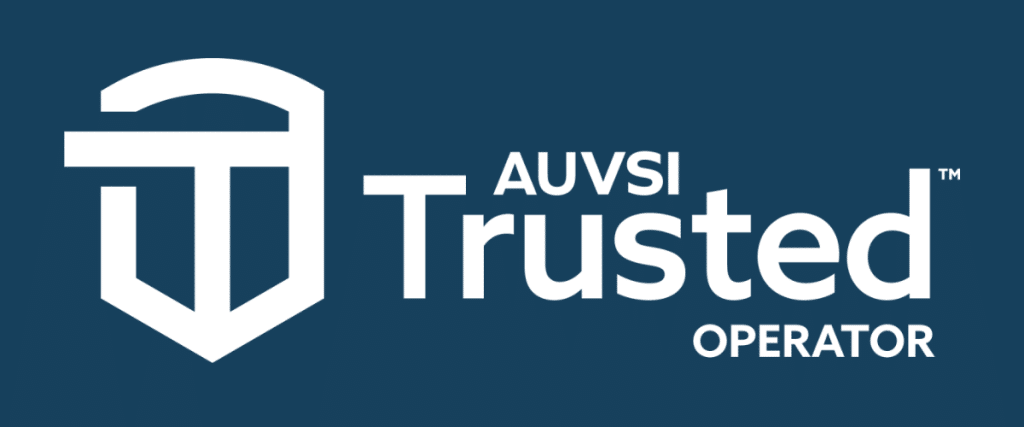There are three levels of certification – Level 1, Level 2, and Level 3
Level 1 – Operations that include the following:
- Routine operations under FAR Part 107
- Operations that do not require a waiver of FAR Part 107
- Operations in which the remote pilot is competent and proficient
- Flights using electric aircraft less than 5 lbs or 2 kg
- Operations that do not have any of the characteristics mentioned in Level 2 or 3 such as operations close to airports, helipads, populated areas, people and/or livestock.
Level 2 – Operations that include the following:
- Any of the characteristics of Level 1 in addition to:,
- Any operation that requires a waiver under FAR Part 107
- Operations that require a visual observer, or sensor operator
- Operations with elevated risk factors or complexity including but not limited to operations close to airports, helipads, populated areas, people and/or livestock.
Level 3 – Operations that include the following:
- Any of the characteristics of Level 2 in addition to:
- Operations in safety-critical and complex areas that require higher levels of risk mitigation
- Industrial and chemical facilities, including offshore oil rigs, mine sites, power plants
- Infrastructure, including wind turbines, powerlines, communications towers, rail and pipelines.
- Operations in any hazardous or extreme environments including:
- From ships, moving vehicles, aircraft, confined areas or underground
- In close proximity to or within severe weather (storm research)
- Remote, harsh or hostile locations, including wildlife considerations
- Operations requiring the development and testing of new procedures
Both individuals and organizations operating UAS for commercial purposes and certain other nonrecreational purposes may become Trusted Operator™ certified. Nonrecreational purposes include UAS operations by government agencies operating under an FAA certificate of waiver authorization (COA) or equivalent in other countries. This category also includes voluntary service organizations.
Individual remote pilots are those providing commercial UAS services on their own, or as workers for a commercial UAS organization. Remote pilots who are already fully trained may gain Trusted UAS Operator™ certification by providing evidence of achieving protocols outlined in the PCM, including requisite flight assessment. Trusted UAS Operator™ training providers and Trusted UAS Operator™ certification bodies can deliver this certification.
A Trusted UAS Operator™ remote pilot instructor is an individual who is, at a minimum, certified a Level 2 Trusted UAS Operator™ Operator remote pilot and who has met the additional PCM certification requirements to instruct and assess student remote pilots. Trusted UAS Operator™ remote pilot instructors may only train students to the level of certification they themselves hold, i.e., an instructor with a Level 2 certification cannot train students for Level 3 certification. Trusted UAS Operator™ Training Providers provide assessment and certification of Remote Pilot Instructors.
Trusted UAS Operator™ Training Providers are accredited to assess an individual’s readiness to meet Trusted UAS Operator™ protocols. Training providers deliver training found to be necessary to achieve Trusted Operator™ certification and to award Trusted UAS Operator™ certification to individuals who demonstrate conformance with the protocols. Training providers can only issue Trusted UAS Operator™ certifications using courseware that has been accredited by AUVSI for compliance with the Trusted UAS Operator™ PCM. Trusted UAS Operator™ training providers can only issue Trusted UAS Operator™ certification to individuals.

